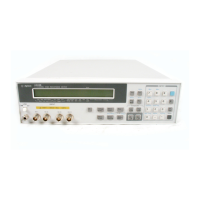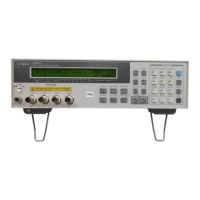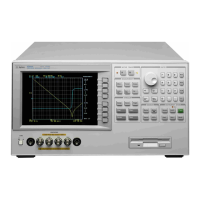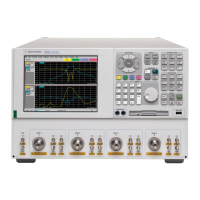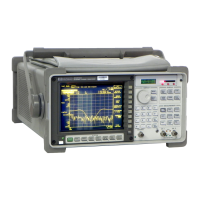4-6 Agilent B1500 VXIplug&play Driver User’s Guide, Edition 3
Programming Examples for C++ Users
Programming Basics
To Create Measurement Program
Create the measurement program as shown below. The following procedure needs
your project template. If the procedure does not fit your programming environment,
arrange it to suit your environment.
Step 1. Plan the automatic measurements. Then decide the following items:
• Measurement devices
Discrete, packaged, on-wafer, and so on.
• Parameters/characteristics to be measured
h
FE
, Vth, sheet resistance, and so on.
• Measurement method
Spot measurement, staircase sweep measurement, and so on.
Step 2. Make a copy of your project template (e.g. \test\my_temp to \test\dev_a\my_temp).
Step 3. Rename the copy (e.g. \test\dev_a\my_temp to \test\dev_a\spot_id).
Step 4. Launch the programming software.
Step 5. Open the project (e.g. \test\dev_a\spot_id).
Step 6. Open the source file that contains the template code as shown in Table 4-1, and
complete the perform_meas subprogram. Then use the Agilent B1500
VXIplug&play driver functions:
• agb1500_setSwitch to enable/disable the source/measurement channels
• agb1500_force, agb1500_setIv, etc. to set source outputs
• agb1500_spotMeas, agb1500_sweepIv, etc. to perform measurements
• agb1500_zeroOutput to disable source outputs
Step 7. Insert the code to display, store, or calculate data into the subprogram.
Step 8. Save the project (e.g. \test\dev_a\spot_id).
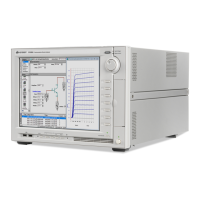
